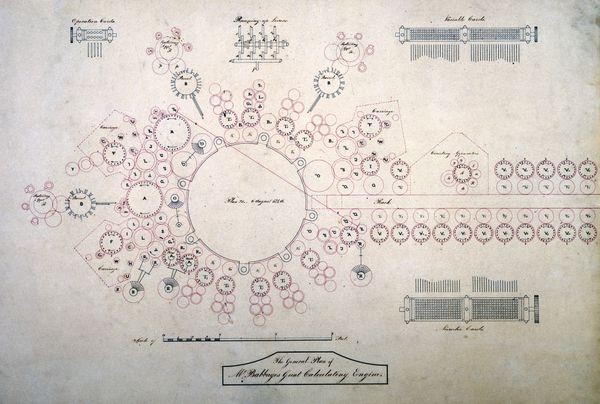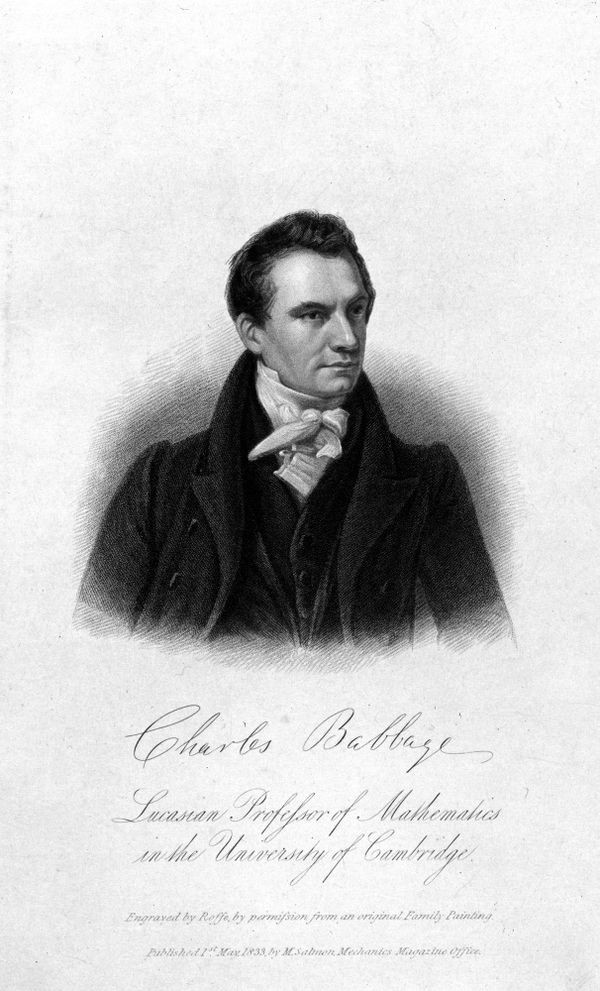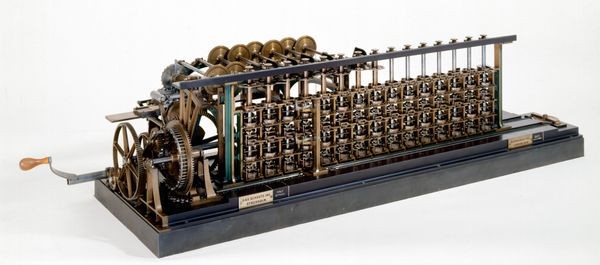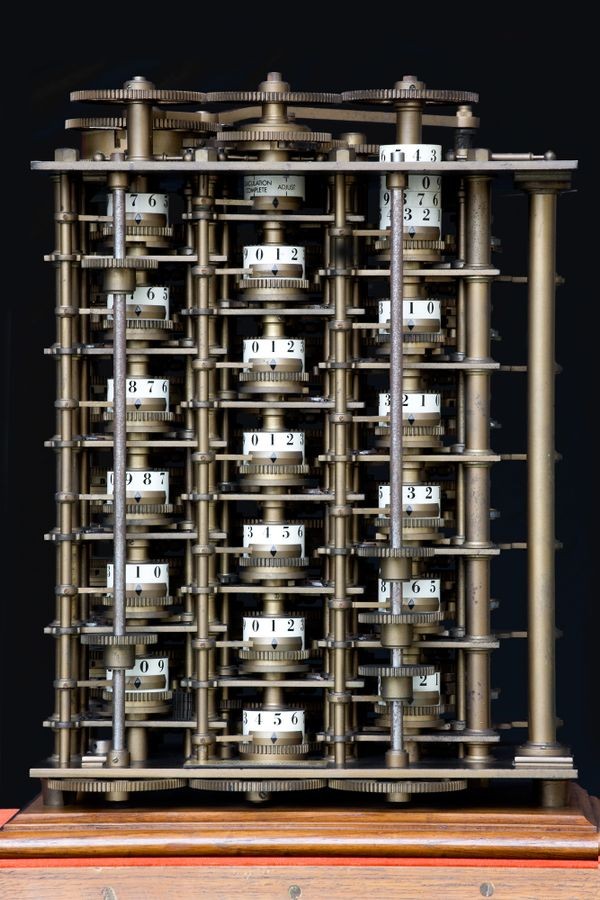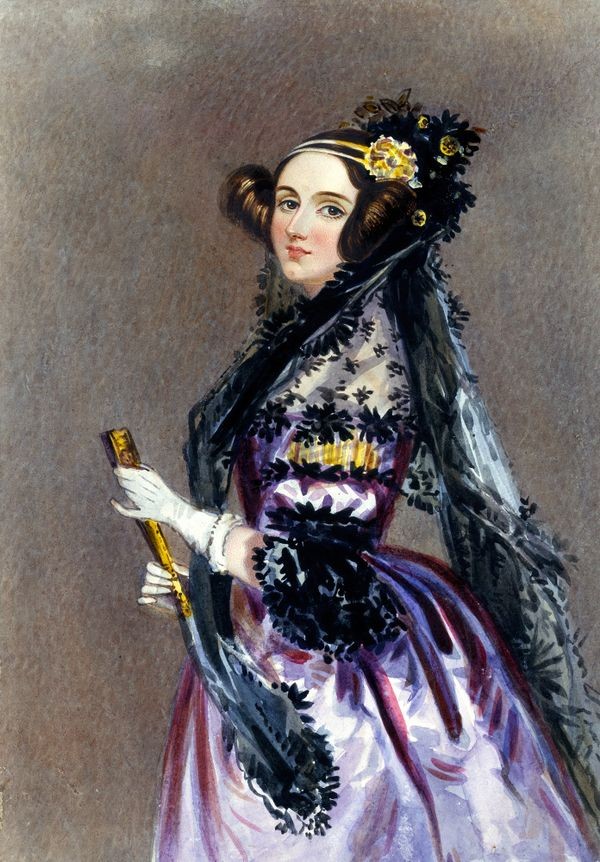The Revolutionary Babbage Engine: Unprecedented. Unparalleled. And Unfinished.
The “General Plan” of the Analytical Engine
The “General Plan” is among the few documents recording the extent, and limits, of Babbage’s progress on the Analytical Engine before he abandoned the project.
The Revolutionary Babbage Engine: Unprecedented. Unparalleled. And Unfinished.
Nineteenth Century navigators were forced to rely on error-prone mathematical tables. Engineers, astronomers, bankers, and others also suffered from inaccurate tables. Charles Babbage decided to fix that.
From 1821 to 1833, the British mathematician and engineer worked on a Difference Engine to produce accurate tables. In 1834, Babbage switched to a more powerful Analytical Engine, arguably the world’s first programmable computer—an extraordinary device with separate memory and processing units and punched-card input. He abandoned that in 1848 for a much-improved Difference Engine No. 2.
Babbage’s innovations were revolutionary…but never built. A brilliant dead end.
False Dawn: The Babbage Engine
Charles Babbage (1791-1871), computer pioneer, designed the first automatic computing engines. He invented computers but failed to build them. The first complete Babbage Engine was completed in London in 2002, 153 years after it was designed. Difference Engine No. 2, built faithfully to the original drawings, consists of 8,000 parts, weighs five tons, and measures 11 feet long.
View Artifact DetailCharles Babbage
Babbage held the prestigious Lucasian Chair of Mathematics at Cambridge from 1828 to 1839 and did important work in many areas besides mechanical calculation.
View Artifact DetailScheutz difference engine No. 3
George and Edvard Scheutz built several difference engines inspired by Charles Babbage’s design. This one was used to produce British government life insurance tables.
View Artifact DetailBabbage Difference Engine No. 1 Demonstration Piece - three-quarter-scale replica
Only a small demonstration assembly of Babbage’s first Difference Engine was built. This scale model of that assembly was a gift to retiring IBM CEO T. Vincent Learson.
View Artifact DetailAugusta Ada King (née Byron), Countess of Lovelace
Ada Lovelace studied mathematics despite the social strictures of her era. She contributed to, and documented, Babbage’s work before she died of cancer at the age of 36.
View Artifact DetailTractatus Georgii Peurbachii super propositiones Ptolemaei de sinubus & chordis
Peurbach’s may be the oldest surviving printed mathematical tables.
View Artifact Detail